Along with erupting volcanoes, magic milk, and a lava lamp, film canister rockets are a must do science experiment for kids of all ages. they are also perfect for learning about Newton’s Laws of Motion.
Why make a film canister rocket?
- Film canister rockets are perfect for demonstrating Newton’s Laws of Motion. First the rocket lifts off because it is acted upon by an external force ( Newton’s First Law ) caused by the buildup of gas produced inside the canister. This causes the lid to blow off, launching the film canister into the air.
- The rocket travels upward with a force that is equal and opposite to the downward force propelling the water, gas and lid (Newton’s Third Law).
- The amount of force is directly proportional to the amount of water and gas released from the canister and how fast it accelerates (Newton’s Second Law).
- They are great fun!
How to make a film canister rocket
What you need for a film canister rocket
Film canister or effervescent vitamin tablet container.
Alka seltzer or effervescent vitamin tablet
Water
How to set up your alka seltzer film canister rocket
Fill your canister about a third full with water.
Drop in one tablet.
Place the lid on firmly.
Stand well back!
We managed to get three rockets from one tablet, so have some water standing by to replenish quickly before the tablet disintegrates.
Make it an investigation
The rockets are great fun just to set up and watch but you could turn the activity into a full investigation.
What happens if you add more or less water?
Does alka seltzer work better than a vitamin tablet?
Can you think of way to measure the height reached?
How many launches can you get from one tablet, by adding more water after the each launch?
What would happen if you added a weight to the canister?
Would this work with baking soda and vinegar?
Don’t forget that for your experiment to be a fair test you need to change just one condition and keep the rest constant, for example if you’re investigating whether a vitamin tablet works better than alka seltzer, you’ll need to keep the amount of water in the canisters the same, and shake each the same amount ( or not shake at all ).
Why does the film canister fly?
When the alka seltzer or vitamin tablet reacts with the water it releases carbon dioxide ( a gas ). The carbon dioxide builds up inside the canister, increasing the air pressure so much that when the canister can take no more it pops off and shoots up into the air.
Image taken from This IS Rocket Science
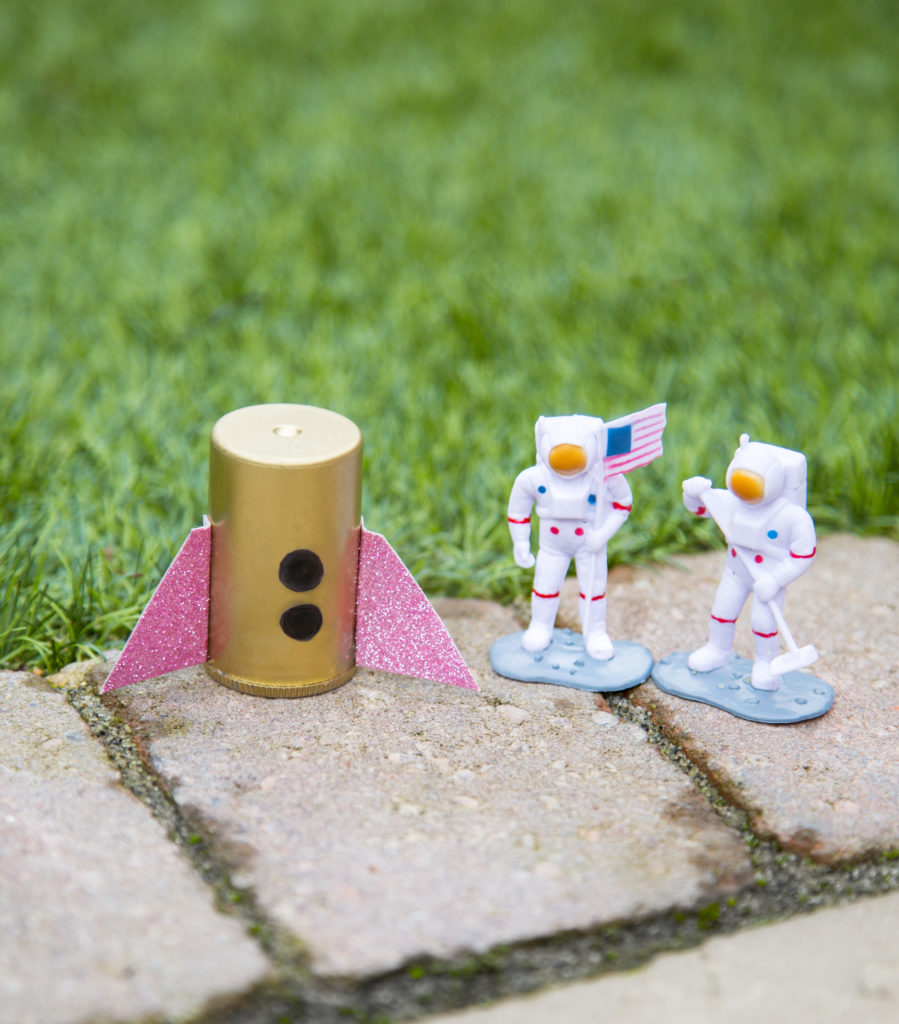
You can see in this photo where we trapped the gas in a balloon just how much gas is released, it’s no wonder the canister flies with such a bang.
More rocket science for kids
The creative opportunities with film canister rockets are almost endless. Try theming them like our Minion Rocket or The Science Kiddo did some painting with their rockets.
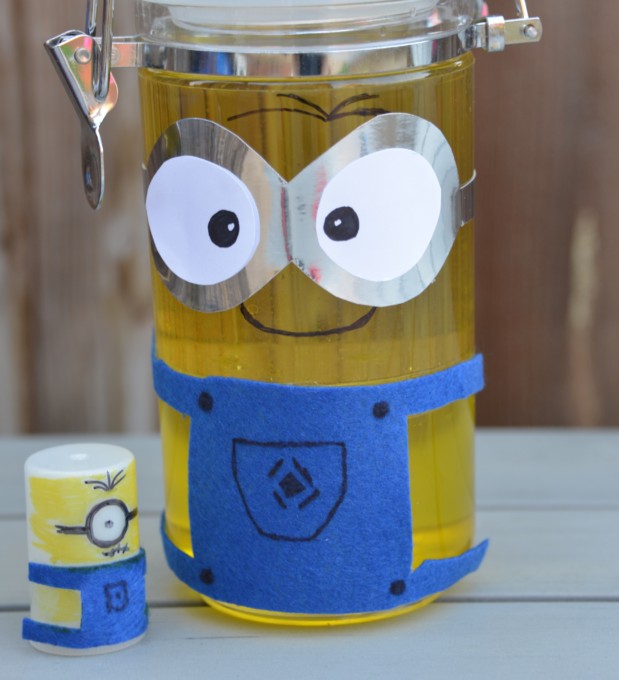
Another awesome rocket experiment to try is a water powered bottle rocket, these shoot very high into the air so make sure you have a lot of space.
I’ve also got a list of 10 science experiments every child should try at least once with a FREE printable checklist you might like!
Did you know we have a book available? This Is Rocket Science is full of easy and exciting space themed activities perfect for kids of all ages.
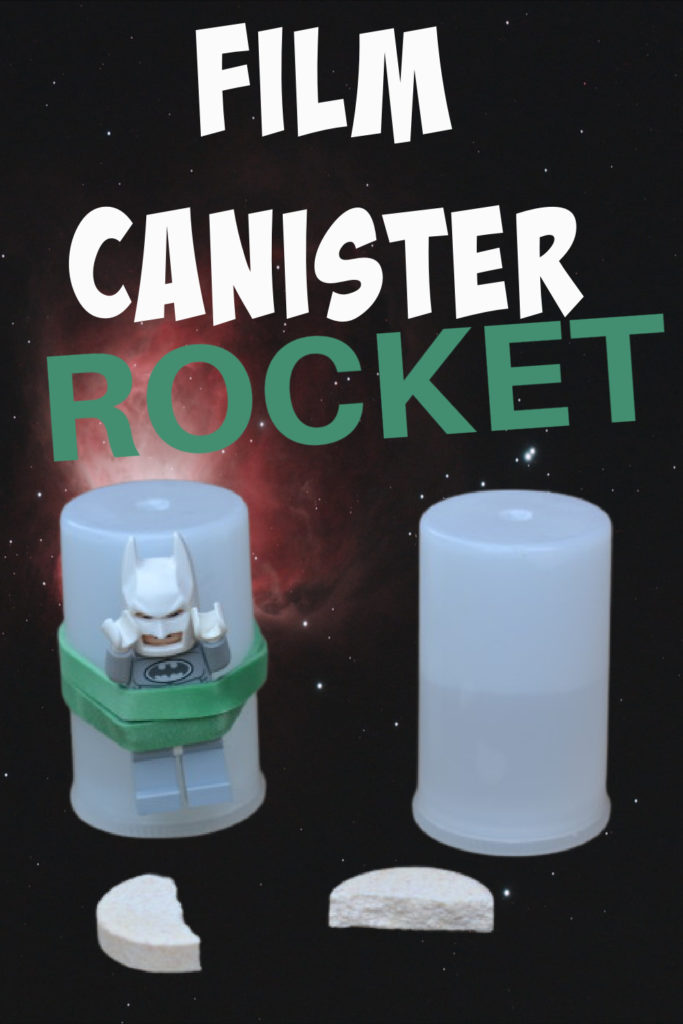
Post contains affiliate links
Last Updated on May 3, 2021 by Emma Vanstone

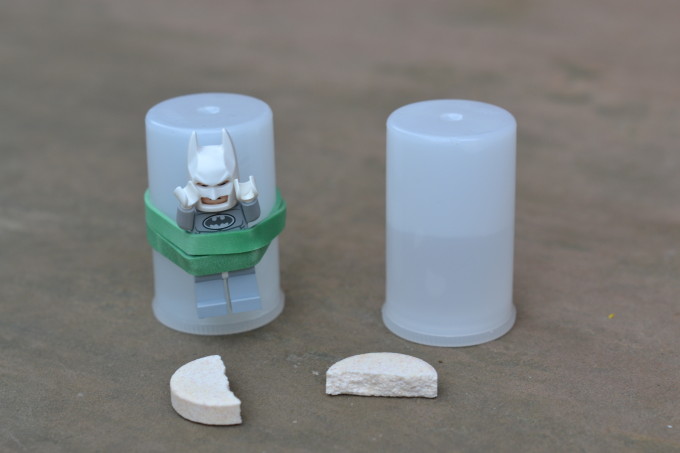
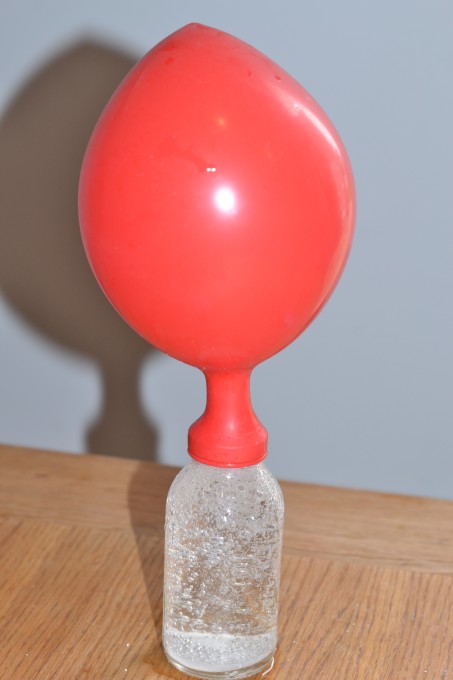
We love to do this experiment. We break the tablets into 3 or 4 pieces and use only 1/3 of the tablet in the canister. It works just as well as a full one. The only problem is- where can I get more film canisters now that everyone uses digital pictures?
I have seen similar canisters at the dollar tree.
you can use the small yogurt drink bottles which are to balance out your bacteria ie yakult or actimel